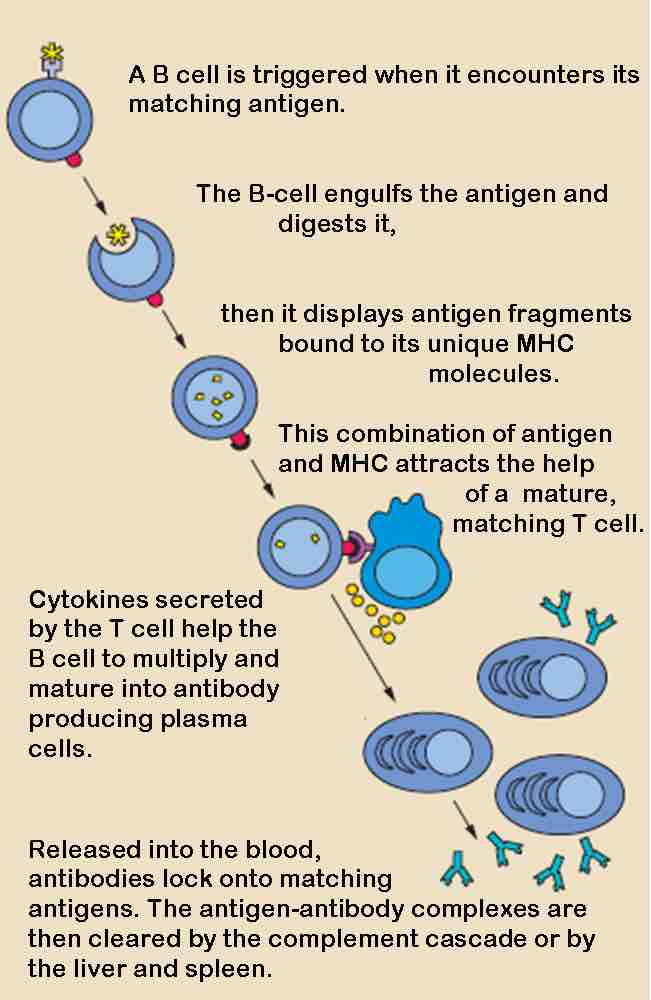Precision of Immunoglobulin
Adaptive immunity is stimulated by exposure to infectious agents and increases in magnitude and defensive capabilities with each successive exposure to a particular microbe. The defining characteristics of adaptive immunity are specificity for distinct molecules and an ability to "remember" and respond more vigorously to repeated exposures to the same microbe.
The components of adaptive immunity are lymphocytes and their products. There are two types of adaptive immune responses: humoral immunity and cell-mediated immunity. These are driven by different elements of the immune system and function to eliminate different types of microbes. Protective immunity against a microbe may be induced by the host's response to the microbe or by the transfer of antibodies or lymphocytes specific for the microbe. Antibodies or Immunoglobulins bind antigens in the recognition phase and the effector phase of humoral immunity.
The Immunoglobulin Superfamily
Immunoglobulins are produced in a membrane-bound form by B lymphocytes. These membrane molecules function as B cell receptors for antigens. The interaction of antigens with membrane antibodies on naive B cells initiates B cell activation . These activated B cells produce a soluble form of immunoglobulin that triggers effector mechanisms to eliminate antigens.

B cell activation
When a B cell encounters its triggering antigen, it gives rise to many large cells known as plasma cells. Every plasma cell is essentially a factory for producing an antibody. Each of the plasma cells manufactures millions of identical antibody molecules and pours them into the bloodstream.
These antibodies are part of a larger family called the immunoglobulin superfamily. The immunoglobulin superfamily (IgSF) is a large group of cell surface and soluble proteins that are involved in the recognition, binding, or adhesion processes of cells. Molecules are categorized as members of this superfamily based on structural features shared with immunoglobulins, which are also known as antibodies. They all possess a domain known as an immunoglobulin domain or fold. Members of the IgSF include cell surface antigen receptors, co-receptors, and co-stimulatory molecules of the immune system, molecules involved in antigen presentation to lymphocytes, cell adhesion molecules, certain cytokine receptors, and intracellular muscle proteins. They are commonly associated with roles in the immune system.